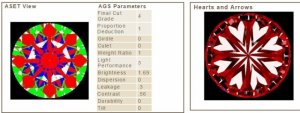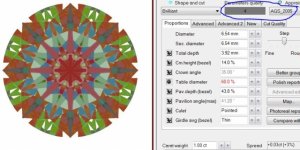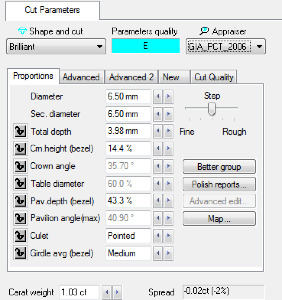Thank you Serg for your detailed explanation and Rockdiamond for clarifying somethings for me.
That's very interesting Karl. So if one is looking at a well proportioned (34-35/40.6-40. GIA XXX with promising ASET/IS, there is still room that this diamond may not be AGSL0? Or does this mainly account for diamonds that have shallower/steeper angles but still quantify excellent light return?
GIA XXX with promising ASET/IS, there is still room that this diamond may not be AGSL0? Or does this mainly account for diamonds that have shallower/steeper angles but still quantify excellent light return?
That's very interesting Karl. So if one is looking at a well proportioned (34-35/40.6-40.






300x240.png)